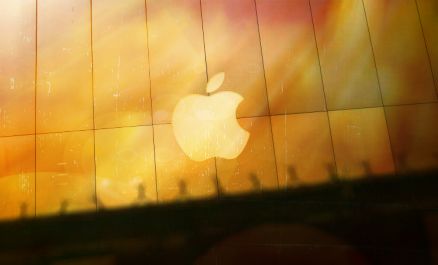NFTs, or non-fungible tokens, are being mentioned everywhere. They’re the latest fad and have been selling for thousands to millions of dollars, depending on the exact piece being sold. But, they’re highly controversial. NFTs are simply original digital pieces that can be sold or traded. There is no physical component and anyone can purchase NFTs if they have the funds. Though they’re completely online, NFTs do have a huge carbon footprint, which is impacting the environment.
Why Are People Purchasing NFTs?
NFTs are purchased because they can be valuable. This may be only to the buyer, as it lets them own a digital piece of history or special artwork, or to everyone because of how unique it is. When the NFT is purchased, the buyer owns the rights to it. Others can view it through means such as metaverse lands, but the buyer has control and ownership of it. NFTs can include anything from art to digital assets in virtual reality worlds. They can also be images of social media clips, soundbites, and more.
How NFTs Are Created
NFTs are created by using computers with large amounts of power to solve puzzles. This process is called mining, and it’s the same way cryptocurrencies work. The crypto company that hosts NFTs uses a method called proof of work to create the digital items. As more people attempt to mine the cryptocurrency or obtain an NFT, the value increases because the puzzles used to mine become increasingly complex. This creates a ton of competition, with computers working constantly to try to solve the puzzles first.
The Impact This Has on the Environment
The problem with the proof of work method is that it’s inefficient in its design. Hundreds of computers may be working on the same thing, trying to solve it faster than all other computers. This uses up a significant amount of energy and as more computers are added to the pool trying to mine cryptocurrencies or NFTs, the energy use increases. With the energy use increasing, more carbon dioxide is released, having a negative impact on the environment.
Why is This Controversial?
The amount of energy used by something is its carbon footprint. The higher a carbon footprint is, the more damaging it is to the environment. One study showed that the carbon footprint of just a single NFT is around the same as a month’s worth of electric usage for the average person in the EU. While the carbon footprint of the average cryptocurrency is high, it’s only about a tenth of the footprint of NFTs.
Are There Better Options?
There are alternatives, but they have not been adopted widely yet. One of these is switching to a proof of stake method instead of proof of work. Because of the way proof of stake is done, it has a 99% smaller carbon footprint compared to proof of work, eliminating the concerns about the impact on the environment. Unfortunately, the shift to proof of stake hasn’t been done yet, and many people are wondering if it will ever be a reality. There are other options, as well, such as the Palm sidechain. There are also rewards available for anyone who can find a better alternative to try.
NFTs are huge today and are being bought and sold around the world. Unfortunately, they have become controversial because of their large carbon footprint and the impact that has on the environment. NFTs are not going away, however, as they are incredibly popular. Instead, the goal right now is to try to find a way to significantly reduce the impact NFTs have on the environment, ending the controversy.

Founder Dinis Guarda
IntelligentHQ Your New Business Network.
IntelligentHQ is a Business network and an expert source for finance, capital markets and intelligence for thousands of global business professionals, startups, and companies.
We exist at the point of intersection between technology, social media, finance and innovation.
IntelligentHQ leverages innovation and scale of social digital technology, analytics, news, and distribution to create an unparalleled, full digital medium and social business networks spectrum.
IntelligentHQ is working hard, to become a trusted, and indispensable source of business news and analytics, within financial services and its associated supply chains and ecosystems





























